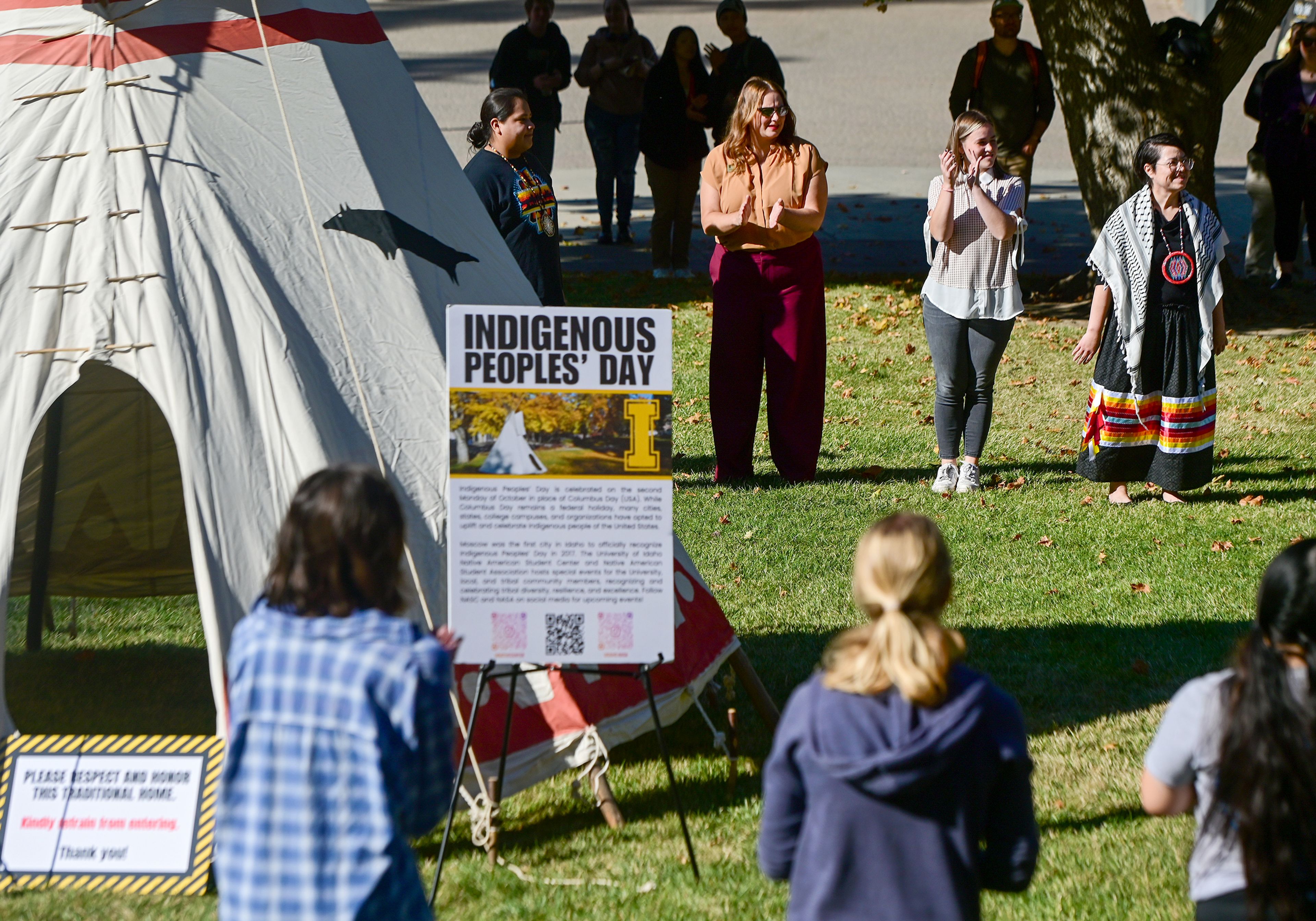Two years ago, 61 percent of Idaho voters passed Medicaid expansion.
It was a selfless act.
They did it not for themselves but on behalf of the Medicaid “gap” population — adults who earned too little to qualify for government subsidized private insurance but too much to be eligible for Medicaid — and did not have children in the home. Generally people in the “gap” earned less than 138 percent of the federal poverty rate, about $17,000 for an individual or $35,000 for a family of four.
They did it because people in the “gap” lacked access to the kinds of preventive medical care that would keep another 120 to 360 Idahoans alive each year. Among them was Jenny Steinke of Idaho Falls, an uninsured woman who died from untreated asthma five years ago.
They did that also to shore up about two-dozen of their small, rural, critical access hospitals. Many were under financial pressure and their inability to collect payment for the treatment of uninsured adults was adding to the stress.
They did it for the taxpayers. When they got sick or hurt, uninsured Idahoans still went to the emergency room. So the payer of last resort — first the counties and then, after the first $11,000 of each claim, the state Catastrophic Health Care program — covered the bills.
Each time that happened, state and local taxpayers paid 100 percent of the costs — whereas the federal government paid 90 percent of Medicaid claims.
They did it for the economy. With Medicaid expansion, federal spending would pump another $400 million into Idaho’s GDP.
Because those stories did not persuade Idaho’s GOP-led Legislature to act, the voters passed an initiative on their own. But never in their wildest dreams did most of these voters expect to get much out of it for themselves.
Certainly, they never envisioned drawing upon Medicaid expansion as a social safety net. After all, Idaho’s economy was going great guns in 2018. Jobs were plentiful. The last deep recession was a decade behind and enduring another round of mass joblessness was unthinkable.
Then came a deadly COVID-19 pandemic that overwhelmed their lives almost instantaneously. Businesses were locked down. The state was under a stay-at-home order. Unemployment shot into the double-digits. In the course of eight weeks, an overwhelmed state Department of Labor processed 130,000 unemployment claims.
So, as the Associated Press reported this week, more than 78,350 Idahoans have signed up for Medicaid since the program was expanded on Jan. 1.
You can’t be sure how many of those are the newly unemployed because the entire gap population may extend to 91,000.
But jobless people will get hurt or sick. And as the economy stalls, it’s a reasonable bet that some will avail themselves of this program, especially when they land in a health care provider’s office. How many and how soon depends on whether the economy experiences a sharp “V” shaped recovery or a longer slog.
If that happens, it will have two benefits.
Local and state taxpayers will be shielded from another mushrooming increase in county indigency and CAT program costs. Because claims are a lagging indicator and the COVID-19 shutdown delayed the process further, the full picture won’t be known for some time.
It will also spare the jobless from additional financial strife. County indigent and CAT programs require repayment — on an installment plan and through a lien on the individual’s home. Medicaid does not.
Where would Idaho be without Medicaid expansion?
Its hospitals would be filled with uninsured patients.
State and local taxpayers would be paying far more in health care costs — and getting far less in return.
So why don’t Idaho lawmakers drop their resistance to expansion? Why not abandon their work requirements and other impediments?
The fact is they ought to be grateful the voters intervened. With this economic slowdown, there’s no telling how much is going to wind up on the Legislature’s plate. Here’s one less headache for lawmakers to endure. — M.T.








